All-on-4 Dental Implants
Teeth in a day
You may require dental implants to replace all of your teeth if you have many missing or failing teeth and a lack of bone in either the upper or lower jaw. The “All-on-4” technique is just one of the many ways we can help restore your missing teeth. For many of our patients it has been a life changing dental treatment that has helped them regain their quality of life.
All-on-4 dental implants makes use of the available bone by placing two implants at the front and two implants as the back of the jaw in a tilted position for greater support. This implant method allows the placement of a full arch “immediate” temporary bridge, and avoids the need for bone grafting procedures that would normally take months.
If you are a suitable patient, the implants and a temporary full arch resin bridge can be fitted on the same day.
bone loss and ill fitting dentures
Solutions for people who have been told they can't have implants
Over the course of 20 years, we have treated thousands of patients with dental implants. As well as patients with missing or compromised teeth, we routinely treat patients who have used dentures for decades, who find that they can longer function as a result of diminishing bone in the jaw (resorption).
Indeed, many of our patients come to us after having been previously told that their lack of bone made the jaw too fragile for implant treatment, and that treatment was impossible. At Dawood and Tanner there have been very few patients that we have not been able to help!
Challenging cases - Beautiful results
This lovely woman had worn dentures for more than 40 years and was told that there was insufficient bone for a fixed solution using dental implants. Her local dentist felt the bone in her jaw was too thin for him to treat, and he referred her to Dawood and Tanner.
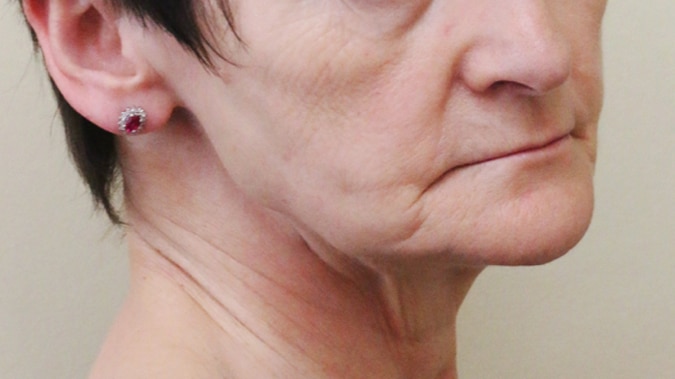
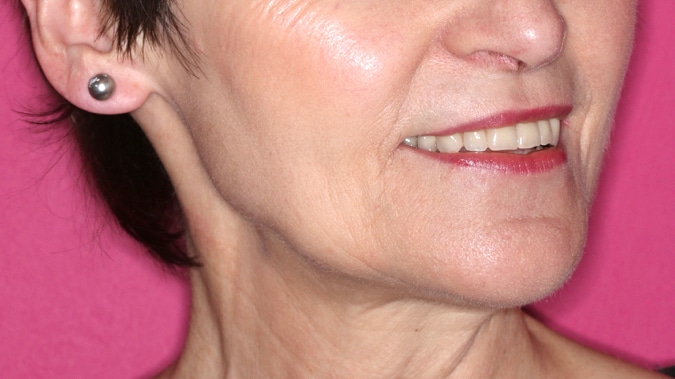
Through our 3D technologies and advanced surgical experience we were able to find enough bone and successfully place implants to support temporary bridgework on the day of surgery, before going onto provide her beautiful definitive fixed restorations.
These types of prostheses provide support to the lips and face and are so transformative, it is almost as if she had a “face lift”.


Greater Longevity and Stability
Adapting All-on-4 Implants
We are pioneers in dental implant techniques, always combining technology and creativity in response to some of the very challenging cases we treat in the practice. Our 3D surgical planning and imaging tools make our dental implant procedures more precise, effective and less invasive in fewer appointments, and this has had a significant impact on all of our implant patients.
The All-on-4 technique works well with four implants if there is a lack of space or minimal bone available, but we prefer using up to five or six implants – especially in younger patients – as the additional implants offer greater stability and longevity, especially for implant retained bridges of 10 to 12 teeth.
This adaptation of the All-on-4 technique can be the most effective implant solution for a fixed bridge placement in patients who need full mouth rehabilitation.
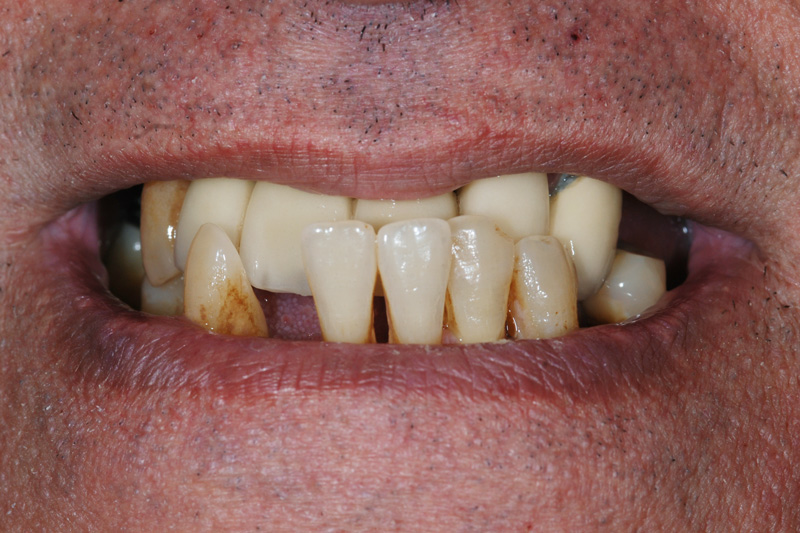
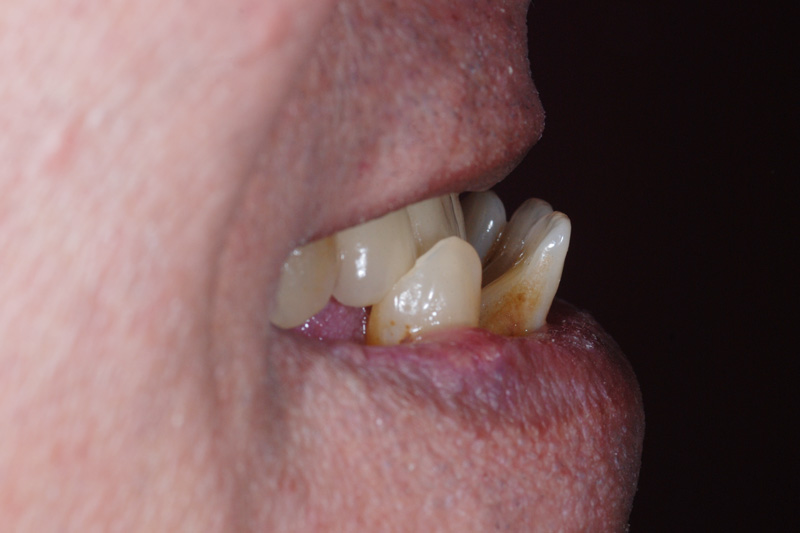
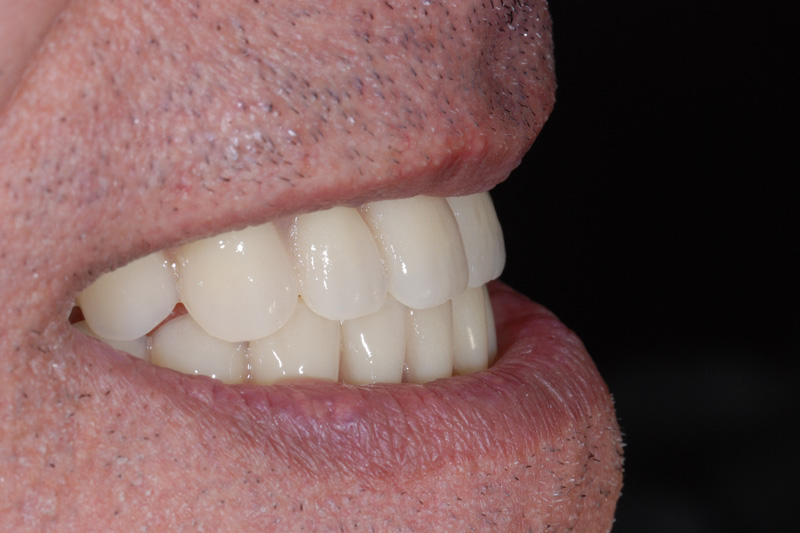
Same Day Smile
Your Temporary Bridge
Prior to your surgery, you will meet with Dr Susan Tanner who will begin the process of “designing your smile” so that, if appropriate to your treatment, you can have a functional bridge fitted a few hours after your implant surgery.
These temporary resin teeth are usually fitted first to allow time for healing (we call this “biological integration”) which is usually about 3 months. During this period, Dr Tanner will further refine your final restorations which will be a definitive and robust bridge based on a ceramic or titanium structure.
Temporary crown or bridgework has the great advantage of protecting the surgical site without resting on the gums. This means that patients with temporary bridgework tend to heal slightly quicker than patients with dentures.
When temporary bridgework is immediately placed upon newly inserted dental implants, we rely entirely upon the fixation of the implant in the bone to support the restoration. This is sometimes challenging to the healing process, which takes 8 -12 weeks. Immediate loading might occasionally cause an implant to fail, which might otherwise have healed normally if it were left to heal undisturbed; but very often the advantages outweigh the disadvantages, and sometimes linking the implants together with a bridge can actually be beneficial to the healing process.
